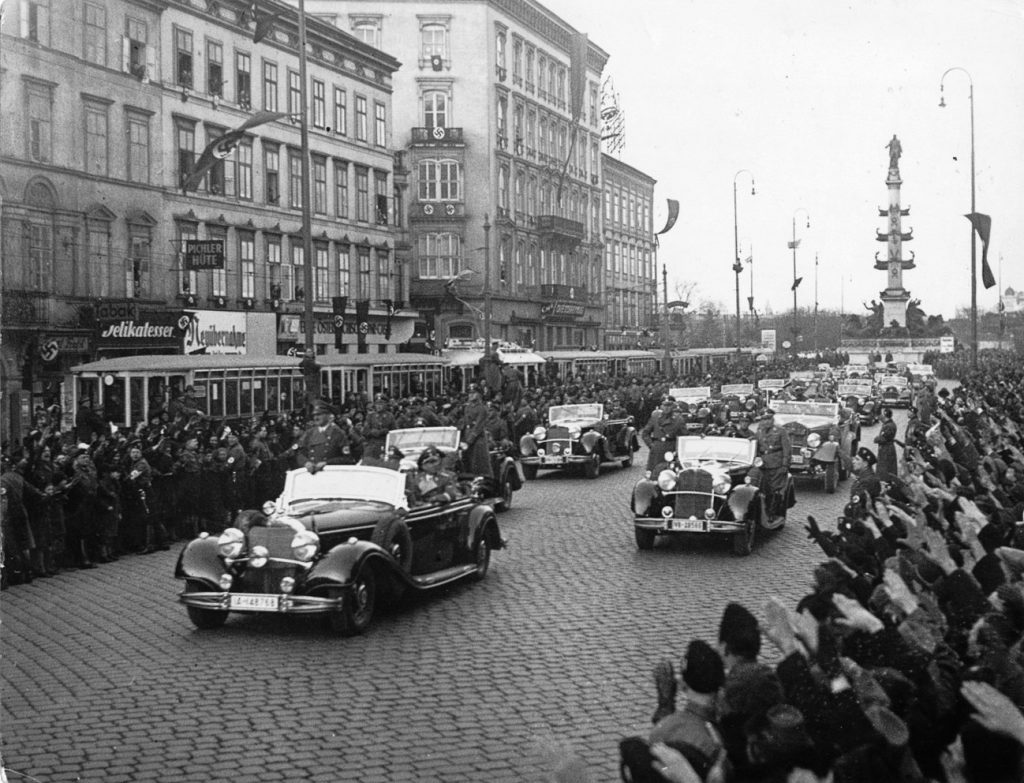Ferdinand Hodler – The Painter Who Revolutionized Swiss Art
Ferdinand Hodler was one of the principal figures of 19th-century Swiss painting. Hodler worked in many styles during his life. Over the course of...
Louisa Mahoney 25 July 2024
If you are like me, it is entirely probable that you have never heard of Broncia Koller-Pinell (1863–1934). It has nothing to do with the quality or quantity of her work. This 19th-century Austrian artist painted and sketched for most of her life until her death in 1934. Her work was included in Salons and exhibitions and she was popular in the same circles as Klimt. So then why was she all but forgotten after her death? What became of her story?
With many female artists throughout history, it is highly probable for their life and works to get left behind after their death. This could be due to their gender, religion, or socioeconomic status. Over the past years, however, these otherwise forgotten artists have been getting recognition. Their gender, often combined with their religion, made it easy to see how moments throughout history have all but wiped them from the narrative. One such woman is the Austrian artist Broncia Koller-Pinell.
While researching Koller-Pinell, one thing that stood out was the lack of information to be found: there are very few sources about her, therefore forming an all-encompassing story of this particular artist is challenging. One of the main takeaways is that her life’s story may have been buried by the rest of history due to her gender and Jewish heritage.
Born as Bronislawa Pineles, Broncia (1863-1934) moved with her upper-middle-class family to Vienna from her birthplace of Sanok (today’s Poland) when they changed their surname to Pinell. Her family’s economic status allowed her to gain training in a field that was not entirely open to women at the time.
After relocating to Vienna, the young Broncia began studying under sculptor Josef Raab and later under the painter Alois Delug. She quickly became popular among renowned artist circles in Europe. Female artists were not allowed into the Academy of Fine Arts Vienna until after 1920, but this did not stop her from being ultimately accepted into the Vienna Secession, and the overall Viennese artistic scene.
Broncia Koller-Pinell grew up in an Orthodox Jewish family. Going against her family’s wishes, she married a Catholic physician and physicist Hugo Koller. The pair would go on to have two children who they raised in the Catholic faith. Koller-Pinell stayed true to her own Jewish beliefs throughout her life and marriage. She passed away in 1934, roughly four years before the Nazis would come to power in Austria. Because the Nazis saw art made by Jewish artists (among others) as degenerate, it is highly likely that her work was forgotten after the takeover in 1938.

Photograph of Austrian citizens gathered in Vienna on March 15, 1938, as Adolf Hitler enters to take over. Anne Frank House.
Despite her talent, the artist was known in some circles as merely being the talented wife of a prominent physician. But she was much more than that, especially in the artistic circles of Vienna. Beyond, she worked within the same as more well-known male artists such as Gustav Klimt and Heinrich Schröder. Her work was inspired by some Expressionist artists, but also Impressionist artists of late 19th-century Europe. Overall, Koller-Pinell practiced her own form of art. And while her works have clear ties to the Expressionist movement, her oeuvre cannot be pinned to just that style. In her article, A Forgotten Fame, Katharina Cichosh states:
Any attempt to attribute a specific style to her is doomed to failure: The painter was influenced by a huge variety of artists and artist groups, but did not follow any particular school, nor did she like to align herself entirely with social trends such as the nascent Feminist movement…Her artistic repertoire is hard to summarize in terms of style; indeed it is more like an attitude.
“A Forgotten Fame,” Schirn Magazine, 24 Aug 2016.
In a 2019 exhibition at Vienna’s Belvedere Museum, Koller-Pinell’s artworks were part of an exhibition aptly titled City of Women, and focused on the forgotten art of earlier female artists in Vienna and Europe in general. The exhibition’s curator, Sabine Fellner, stated:
Pictures of these great women were sometimes stored in attics or hidden in repositories without anyone’s knowledge…We have brought an important page of art history back ‘to light’ in the truest sense of the word.
DailyArt Magazine needs your support. Every contribution, however big or small, is very valuable for our future. Thanks to it, we will be able to sustain and grow the Magazine. Thank you for your help!